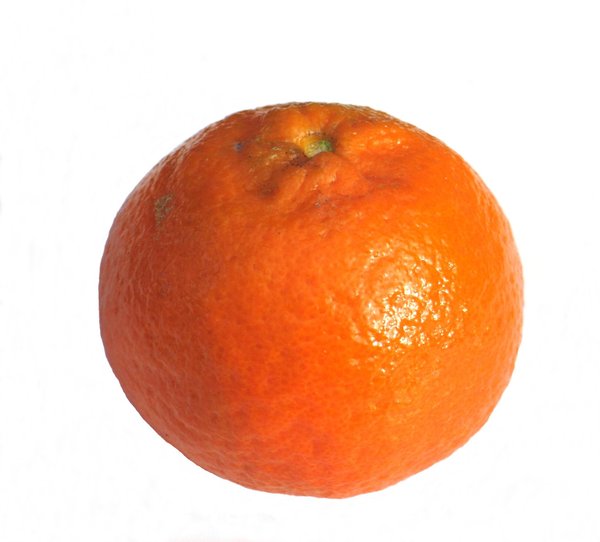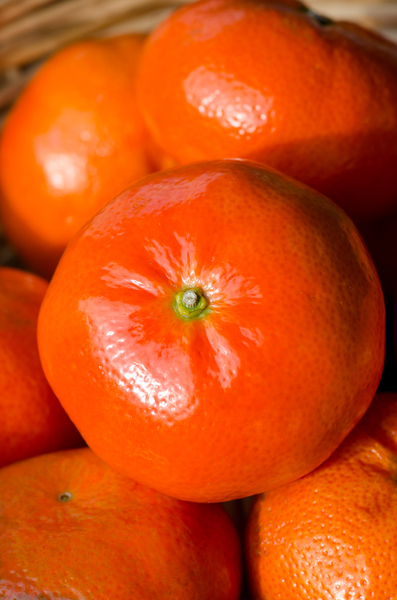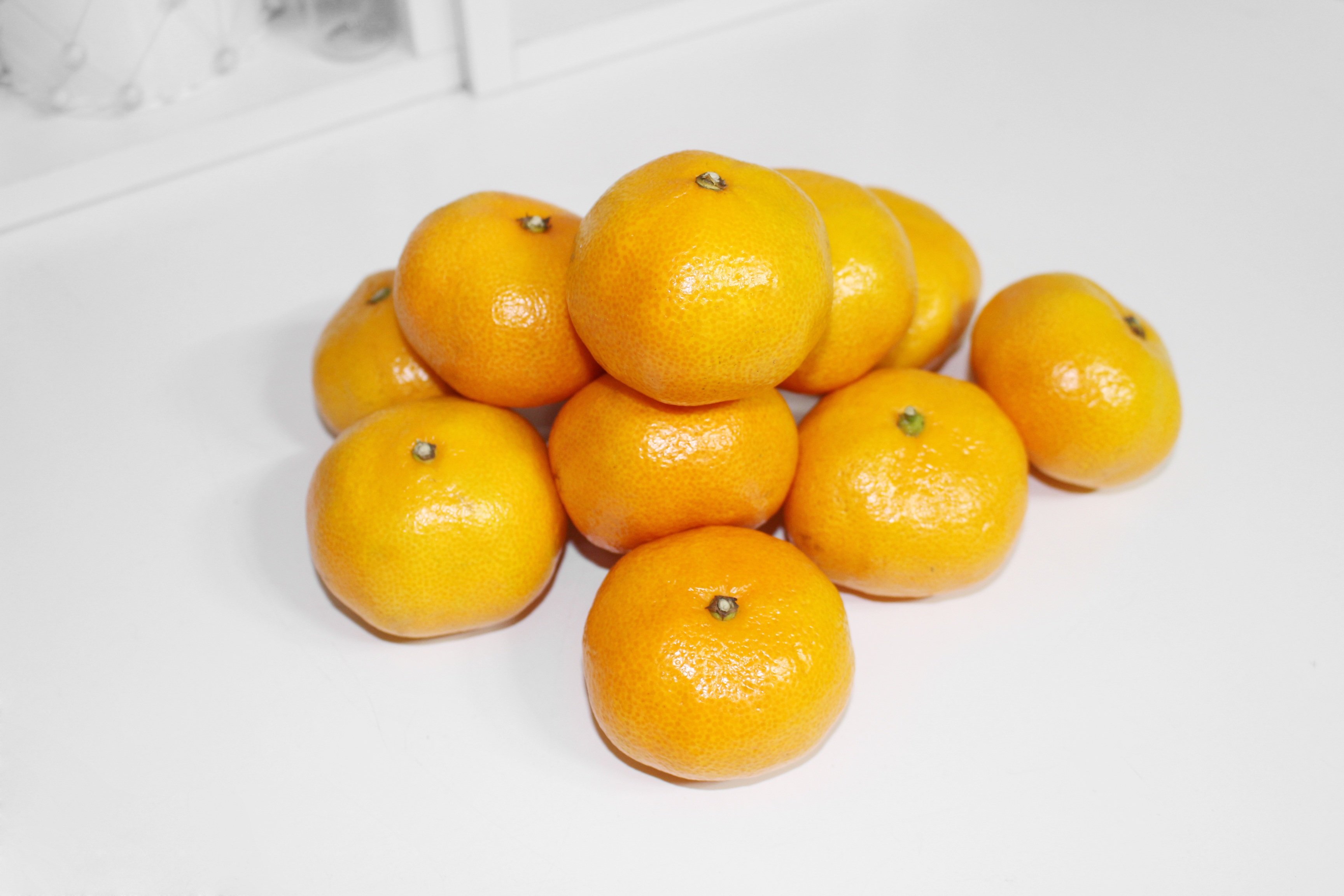

Tangerines are actually thought to be descendants of the original yellow-red fruit, with their genus, Citrus tangerine, traced back to a cross between a mandarin orange and a pomelo, a green-skinned grapefruit forerunner with tart, citrusy insides.īut unlike their OG ancestors, which originated primarily in China, tangerines are historically more associated with Tangier, Morocco, the namesake port city which they were famously shipped from on their way to charming the taste buds off everyone in Southern Europe and, eventually, the Americas.


In fact, you might chalk it up to a family resemblance. Indeed, many people confuse tangerines and oranges – which totally makes sense. Tangerines are their own thing, thankyouverymuch, with the tiny treats bringing their very own benefits to the fruit bowl.


 0 kommentar(er)
0 kommentar(er)
